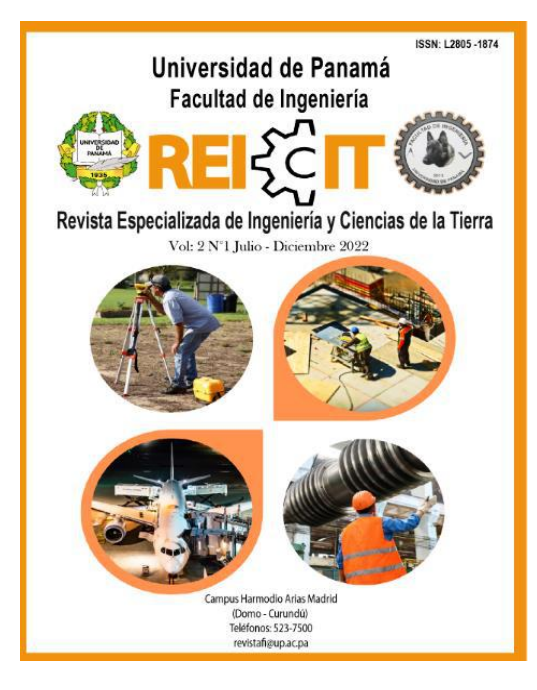

The research study aims to present the typologies and prefabricated systems that were practiced in Central America with Balloon Frame and Platform Frame methods from the second half of the 19th century to the 30's of the 20th centuries.
The new proposals for prefabricated houses in series produced from the third decade of the 19th century, was an industrial resource that was sold by catalog; modular systems, light, easy and fast construction, which made possible the relocation, reuse and rehabilitation of residential modules. The use of wooden houses was a decisive product in the colonization of the American West. In the Caribbean and Central America, housing for the large industrialization projects of sugar mills, coffee and banana plantations, to house the administrative population such as day laborers and workers. In addition, they were used as barracks or sheds, workshops, hotels, schools, among others. Its materialization in the creation of New Town, construction of ports, railways and infrastructures, as accommodation support, energized the construction of prefabricated houses and made possible a fast, efficient and dynamic construction offer from the middle of the 19th century until the dawn of of the 30s, when it converges in mixed housing. We believe that the article gives us a clear focus on how the architectural proposals that were practiced in Central America were to temporarily house the workers and day laborers who toiled in the agricultural production centers.